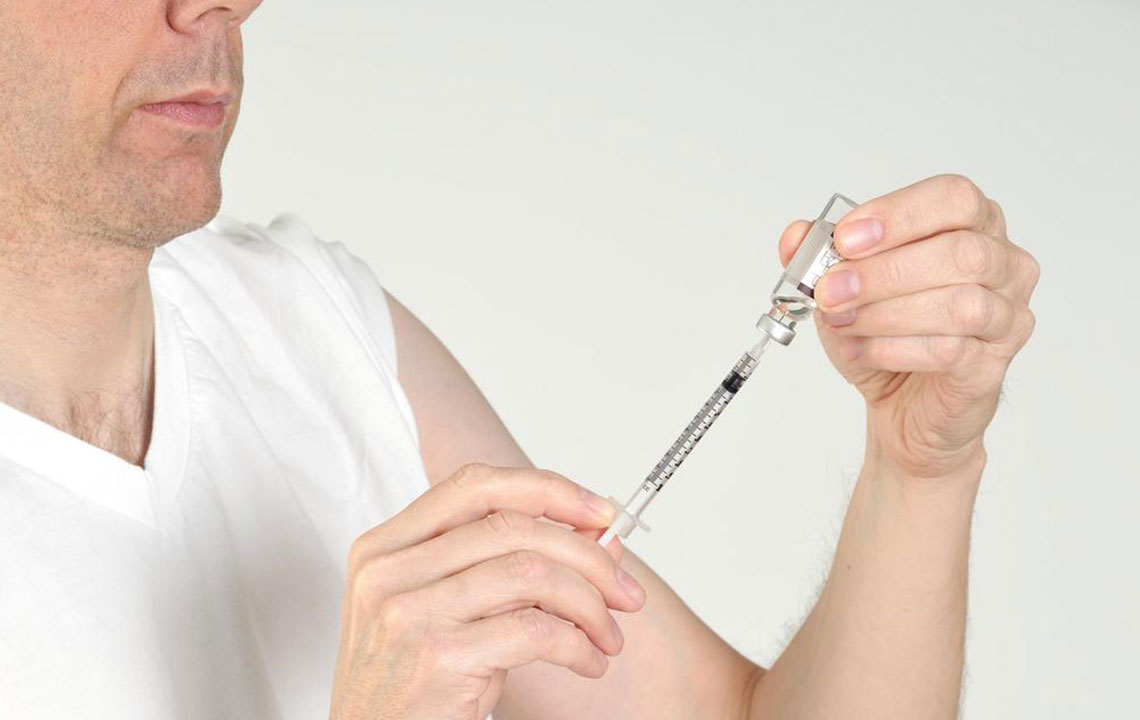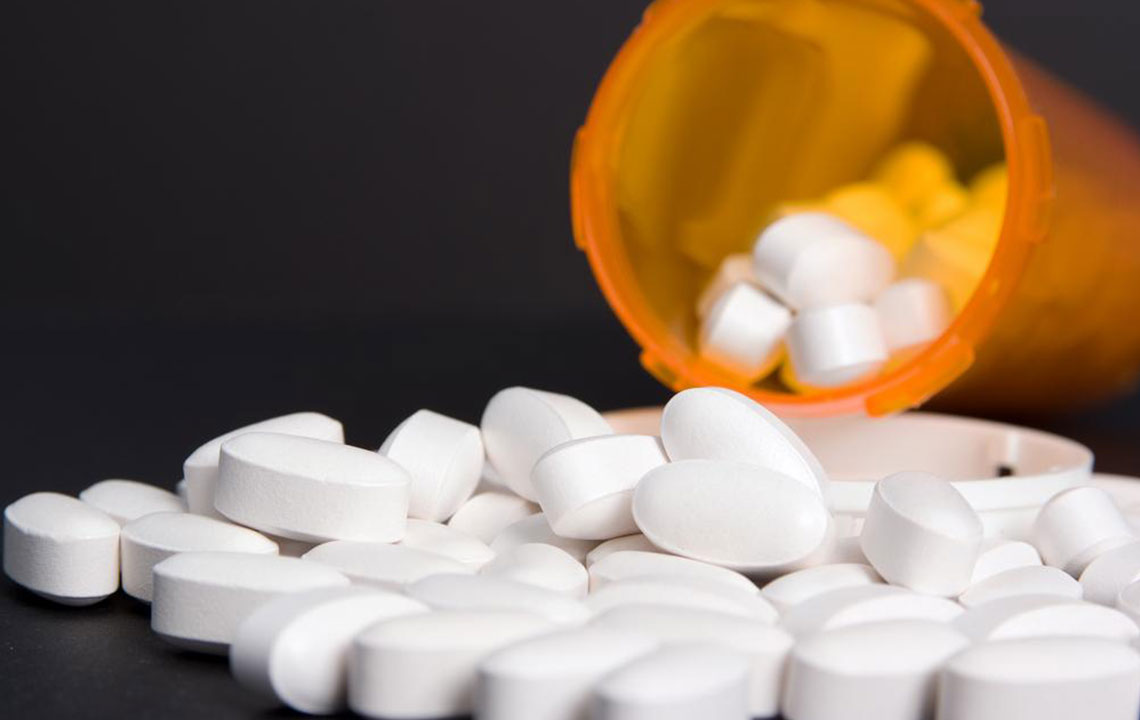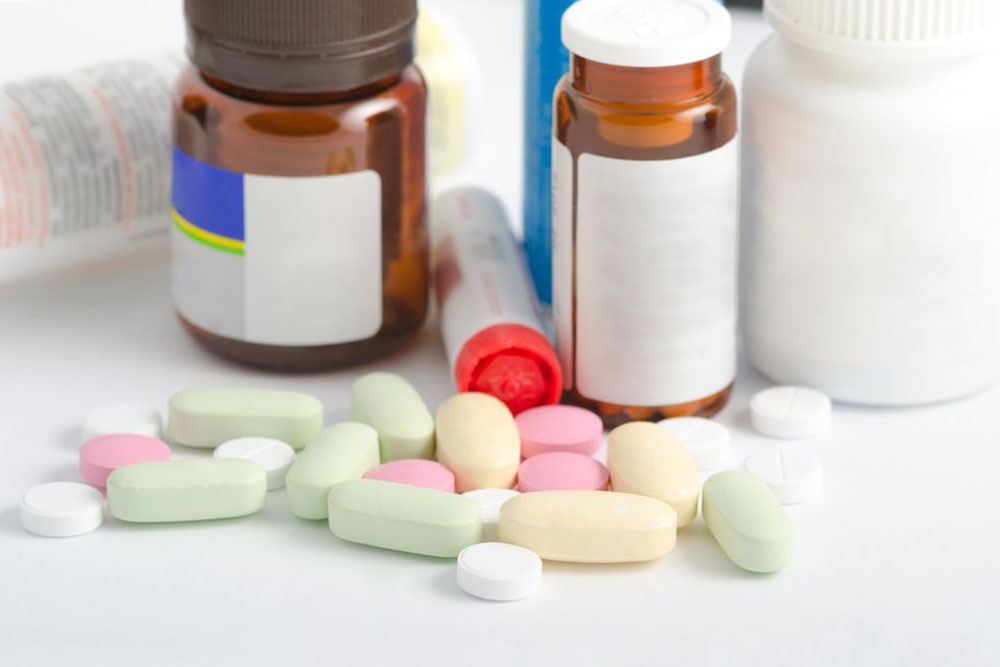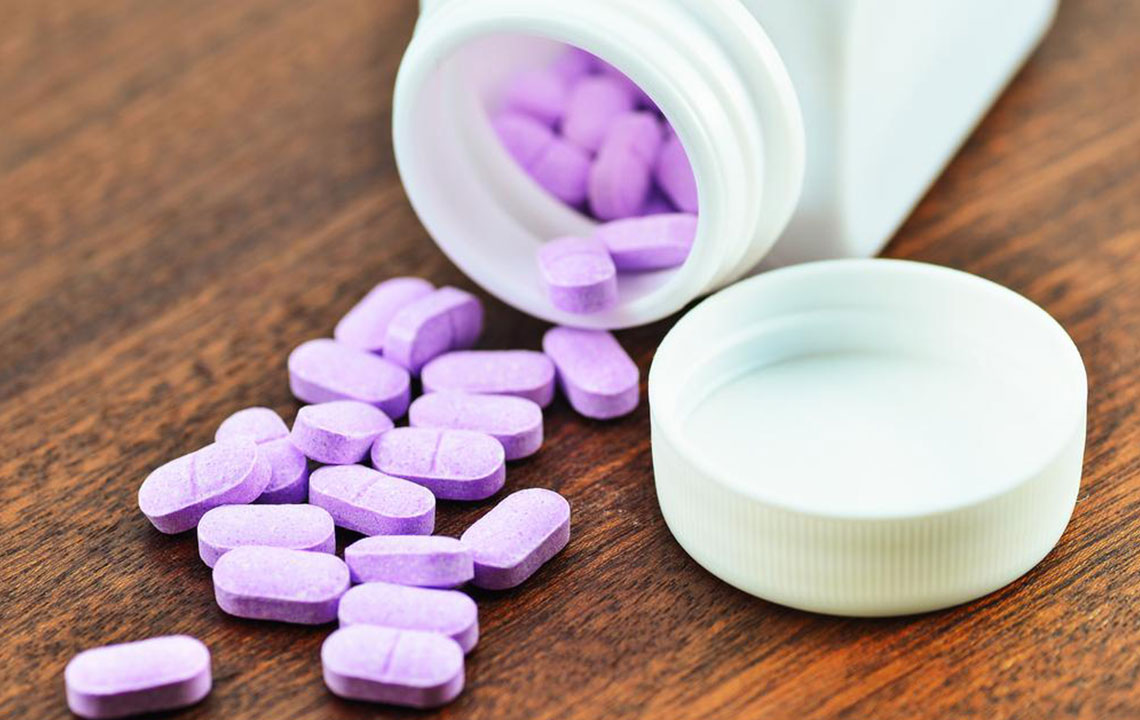Understanding Naloxone: A Lifesaving Medication for Opioid Overdose Emergency
Naloxone is a crucial medication for emergency treatment of opioid overdoses. It quickly reverses life-threatening respiratory depression caused by opioids like heroin and prescription painkillers. Administered via nasal spray or injection by trained responders, naloxone saves lives and requires careful monitoring afterward. While safe, it may cause withdrawal symptoms but is essential in overdose situations. Accessibility varies by region, highlighting the importance of awareness and preparedness for opioid overdose emergencies.
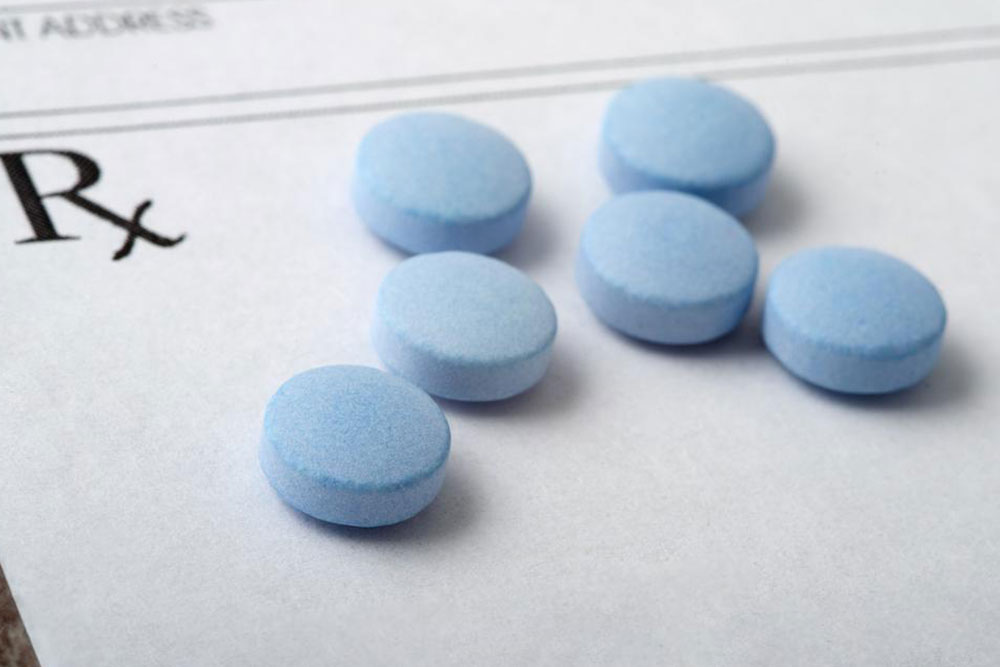
Understanding Naloxone: A Lifesaving Medication for Opioid Overdose Emergency
Opioids, also known as narcotics, include medications like fentanyl, oxycodone, hydrocodone, tramadol, and even heroin. These drugs are prescribed by healthcare providers to ease severe pain during or after surgeries, injuries, or cancer treatments like chemotherapy. When used responsibly for a short duration, opioids are generally safe. However, prolonged use or combining them with illegal substances can lead to addiction and dangerous side effects.
Role of Naloxone in Overdose Intervention
Naloxone is an opioid antagonist that attaches to opioid receptors, effectively reversing the effects of opioids and preventing respiratory depression during an overdose. Medical professionals such as paramedics and emergency room staff commonly administer naloxone via nasal spray or injection for rapid response.
In addition to injections, nasal atomizers using syringes are also effective delivery methods. The correct dosage depends on the formulation and the patient's level of opioid dependency. Some states require a prescription for naloxone, while others distribute it over-the-counter to facilitate quick access during emergencies.
Important Precautions and Potential Side Effects
Patients treated with naloxone should be monitored for at least two hours to observe its effects. While generally safe, naloxone may induce withdrawal symptoms such as rapid heartbeat, nausea, sweating, vomiting, tremors, and blood pressure fluctuations. Although unpleasant, these symptoms are usually not dangerous.
Disclaimer:
The information provided here aims to inform readers about naloxone and overdose management. It is for educational purposes and should not replace professional medical advice. Always consult healthcare providers for treatment options. The website disclaims responsibility for any inaccuracies or discrepancies in related data or offers.

